Flyswatter Review Game for Different Forms of Linear Equations
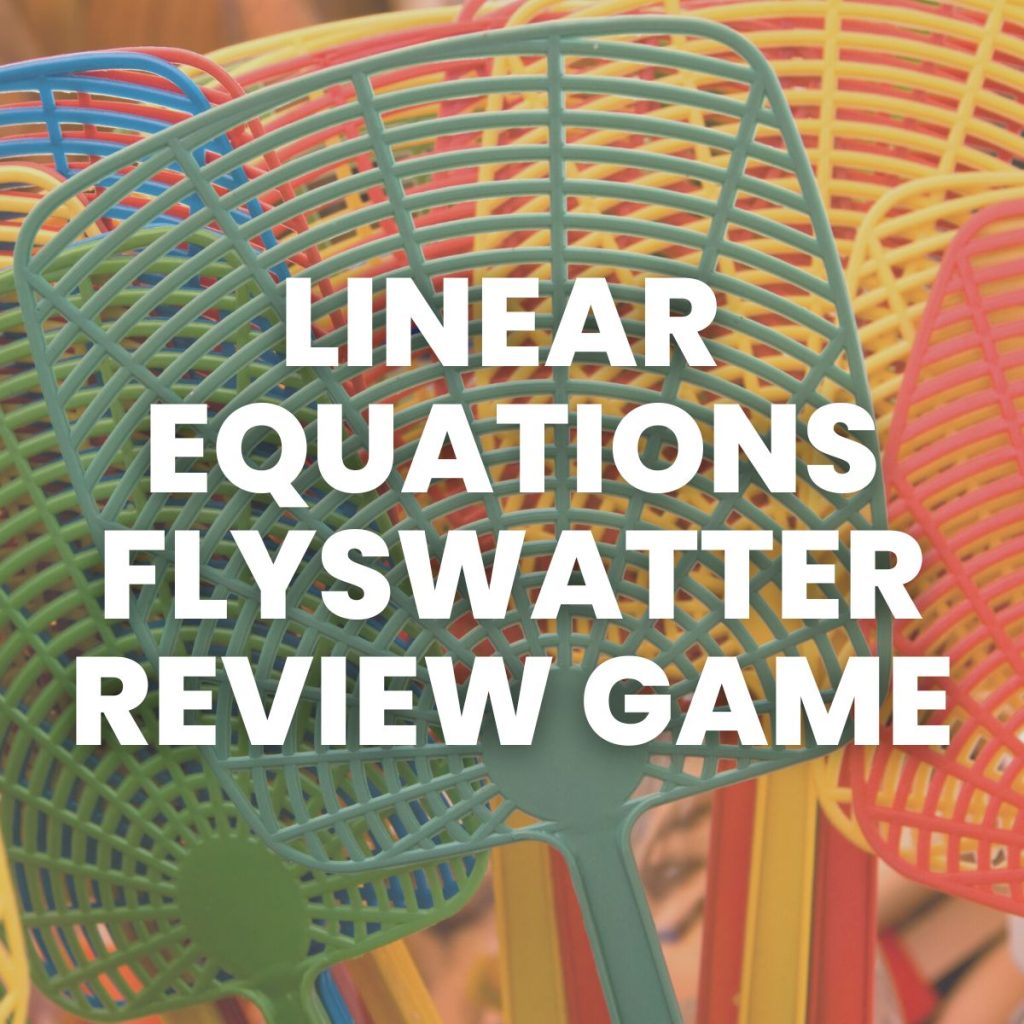
Original Version of Flyswatter Review Game
I created this flyswatter review game to give my Algebra 1 students practice identifying the different forms of linear equations.
A little over a week ago, my Algebra 1 students took their test over graphing linear equations. This test covered finding slope, x and y intercepts, graphing linear equations, and converting between standard form, slope-intercept form, and point-slope form.
The test scores were disappointing. As long as equations were in slope-intercept form, my students did pretty well. But, if they had to rearrange the equation in order to solve it, they would rather guess an answer than try to get y by itself. We had spent days on both standard form and point-slope form. We had created foldables for each. And, they had seen lots and lots of practice problems. They were even allowed to use their interactive notebooks on the test.
But, somewhere along the way, I had failed my students. Looking back, I realize that my students had never really had to learn what form of an equation they were dealing with. I would tell them that we were working with standard form that day or point-slope that day. That would tell them what page in their notebook to reference. On the test, however, all of the forms were jumbled up. I had not given my students practice determining what form an equation was in.
I especially realized this when helping students with test corrections. I learned how to do test corrections from my cooperating teacher at the middle school level during my student teaching. He set up test corrections in such a way that students had to think through the problems they missed. They had to actually discuss math. Then, they have to express either their mistake or what they have learned in writing. And, the results were priceless. The group set-up for test corrections actually hasn’t worked as well for me in my classroom since I have such small classes. Usually, I love, love, love my small class sizes. But, this is one activity where it is better to have twenty-five or thirty students in a room.
During test corrections, students would constantly be raising their hand and asking me to help them with a problem. I heard “I don’t know why I got this one wrong because I just guessed” way too many times. First of all, the logic of that statement does not make sense to me. You got it wrong because you guessed. Anyway, my first question would almost always be “What form is this equation in?” I heard way too many “I don’t know” responses. Eventually, I would be able to coax an answer from them, but it was a frustrating process for both of us.
When I look at a linear equation, I immediately try to classify it. My students don’t have this intuition. The fact that we need to do this is something I should have taught them. Next year, I will know this from experience and will do better!
While reviewing for the semester test, I decided to take some of the time and review the types of linear equations. While browsing an antique store last weekend, I saw some flyswatters that had been decorated with fake flowers. The sight of these flyswatters brought back fond memories of the flyswatter game that I used to play in middle school.
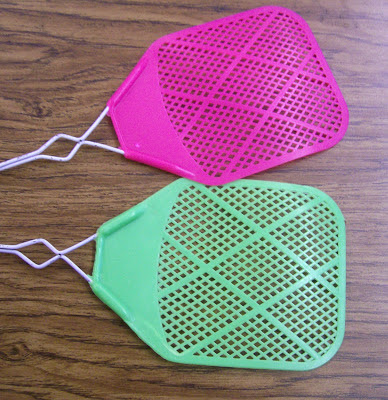
I first learned to play the flyswatter game in fifth grade. I had two really amazing fifth grade teachers. We played lots of review games, made teepees out of tortillas, baked our own pizzas, and had more fun doing book reports than I thought was possible. These were not ordinary book reports. We made pop-up books to summarize the major events in a novel. We built mobiles. We filled brown grocery sacks with items that represented key characters and events in the book. We gave how-to demonstrations to the class. Anyway, I digress…
The premise of the flyswatter game is simple. On a dry erase board or sheet of large paper, write out all of the vocab words for a lesson, chapter, unit, etc. Form two teams. One person from each team takes the flyswatter and stands on a line in front of the words. (It’s your decision whether students will start by facing the reader or the words.) Read a definition. (You could also project it on the screen.) The first student to swat the answer with their flyswatter gets to stay in the game. They will go to the end of their team’s line. The other student will be out. (If both flyswatters land on the same answer, the one on the bottom wins.) The game continues until only one team remains.
I wanted my students to have more practice determining what form a linear equation was in. I also wanted to re-emphasize how to recognize the equations of horizontal and vertical lines. My categories were: Standard Form, Point-Slope Form, Slope-Intercept Form, Horizontal Line, Vertical Line, and None of These. I prepared a Smart Notebook file of 30 or so linear equations. After each team sent up a member, I would project a new equation on the Smart Board. Students would have to determine what form it was in and swat the correct answer.
My dry erase board does not photograph well, apparently.
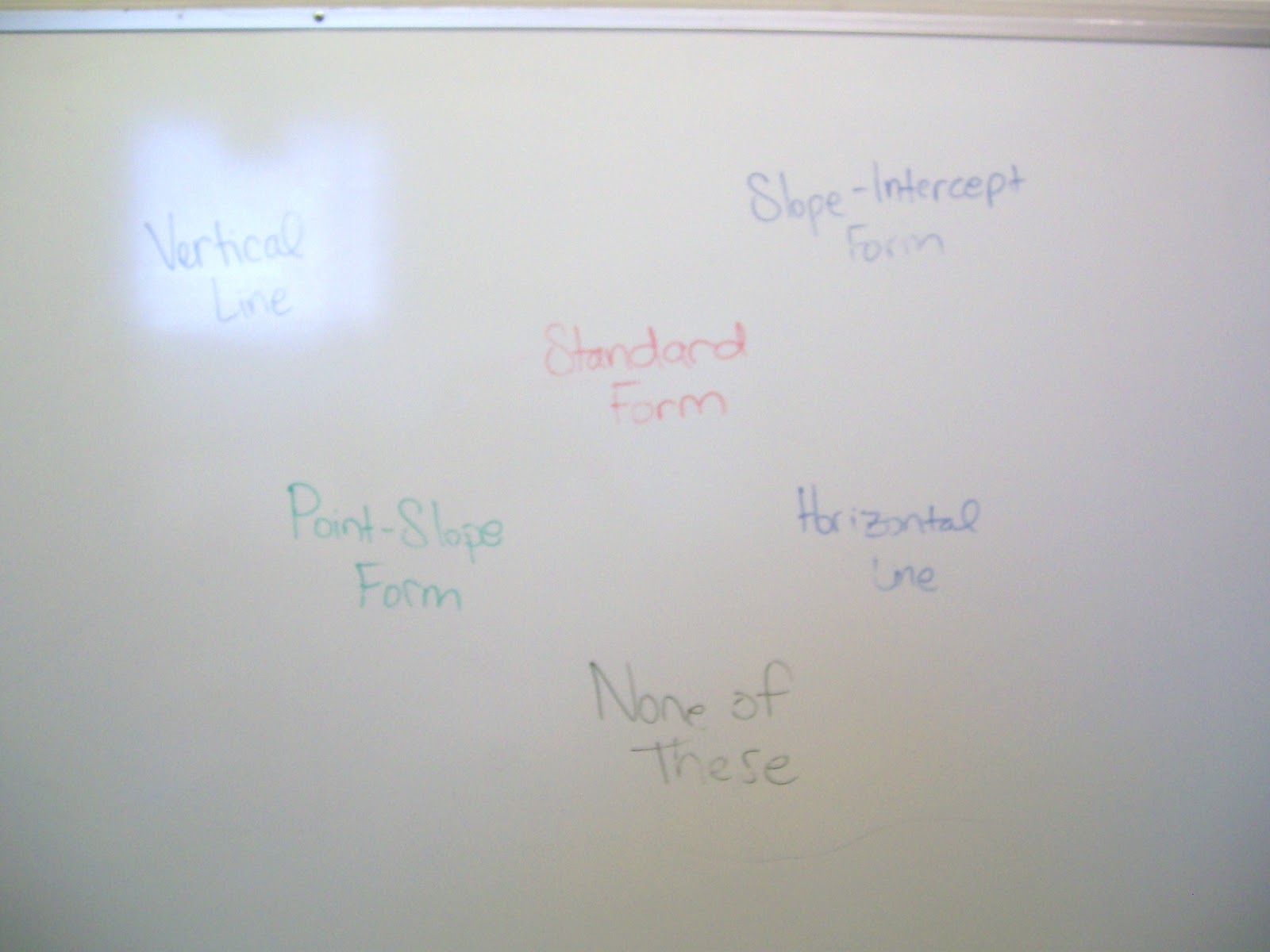
My students enjoyed the game. I expected to have problems with my students trying to swat each other instead of the board, but they were rather well-behaved. And, I expected my high school students to take the swatting process rather seriously. But, it was like they were moving in slow-motion while selecting their answer. They would gently lay the fly swatter on the board. If they had been trying to actually kill a fly, the fly would have been long gone…
I’ll be honest. The game didn’t work out as well as I had hoped. The problem wasn’t with the game, though. The problem was that I still hadn’t implicitly instructed my students how to determine what form a linear equation was in. This led to many students just swatting random answers. I still have so much to learn as a teacher!
Updated Version of Flyswatter Review Game with Bracket
(Originally Posted as a Stand-Alone Blog Post on July 25, 2014)
I recently posted the notes I have my students over the different forms a linear function could take. I mentioned that I decided to teach all of the forms at once this year, and I wasn’t sure if that was a good idea or not.
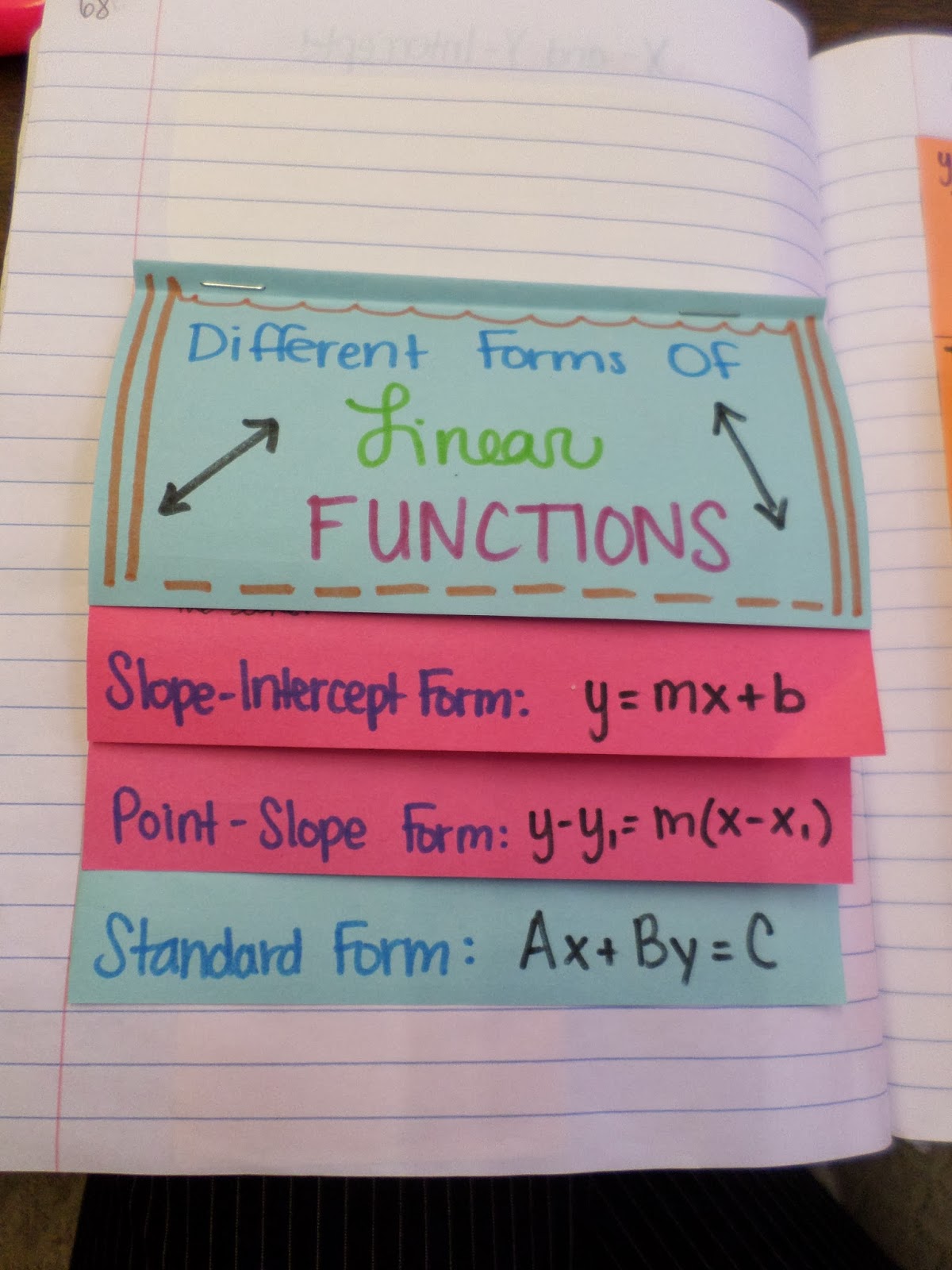
On the first day of this section of the unit, we only took the notes that can see in the above picture. So, we wrote the names of each form and the general form that it takes. Then, we played the flyswatter game. I’ve written about playing the fly swatter game before. Here’s a post I wrote about playing this same game in Algebra 2 with the different forms of a quadratic function.
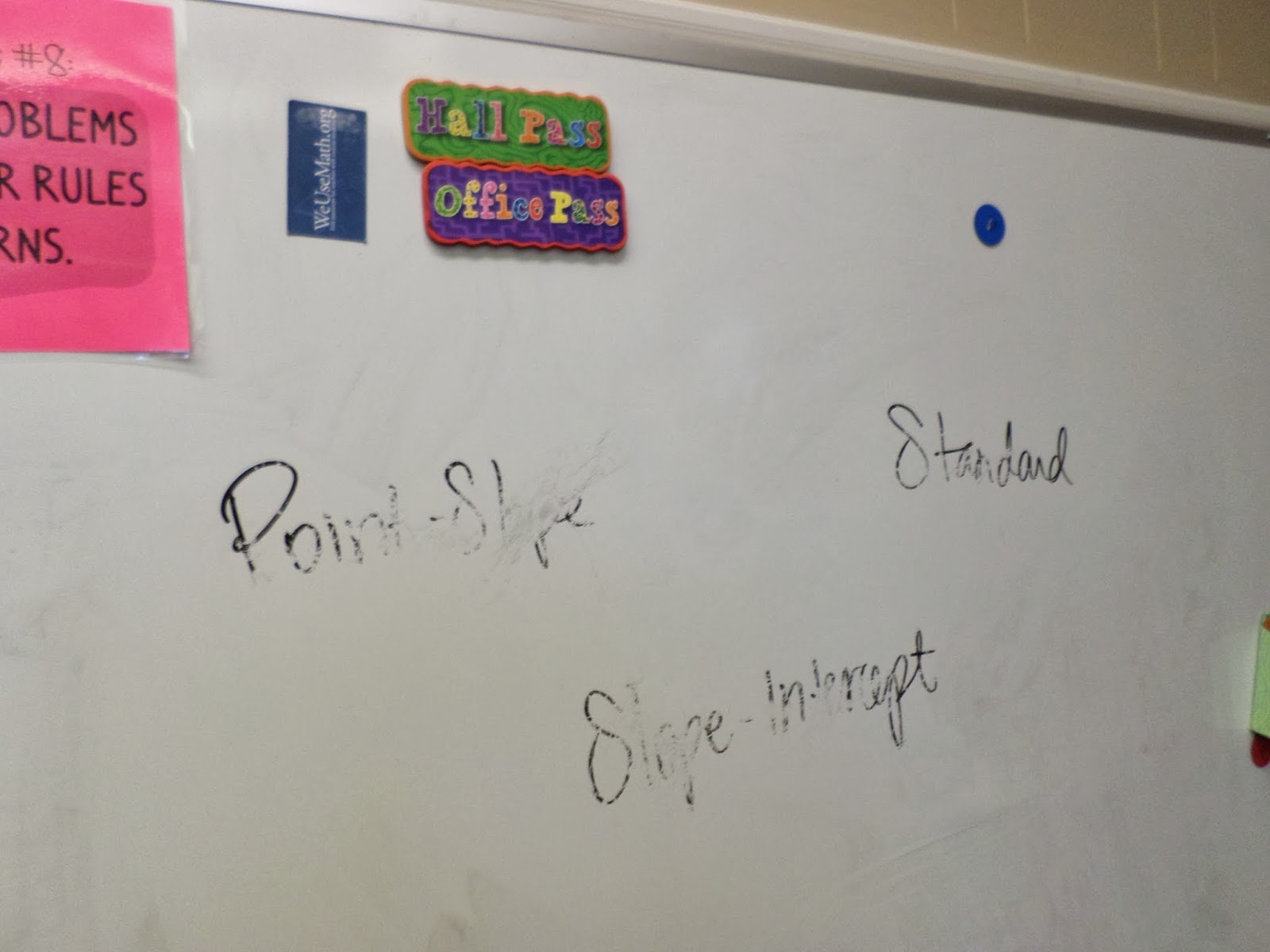
I started off the day playing the fly swatter game as I learned it in the fifth grade. Form two teams. Each team makes a line. The members at the front of each line go to the board and take a fly swatter. The teacher reads a definition. The first student to correctly slap the answer goes to the back of their line. The other student sits down because they are now out of the game. For my smaller Algebra 1 classes, this works great. But, my 6th period Algebra 1 class has 18 students. That may not seem very big, but it is for my school. It’s the biggest class I’ve ever had. My classroom just isn’t big enough to hold that many students comfortably. So, I decided to control the number of students standing up and thus (hopefully) control the chaos in my room. Enter the bracket.
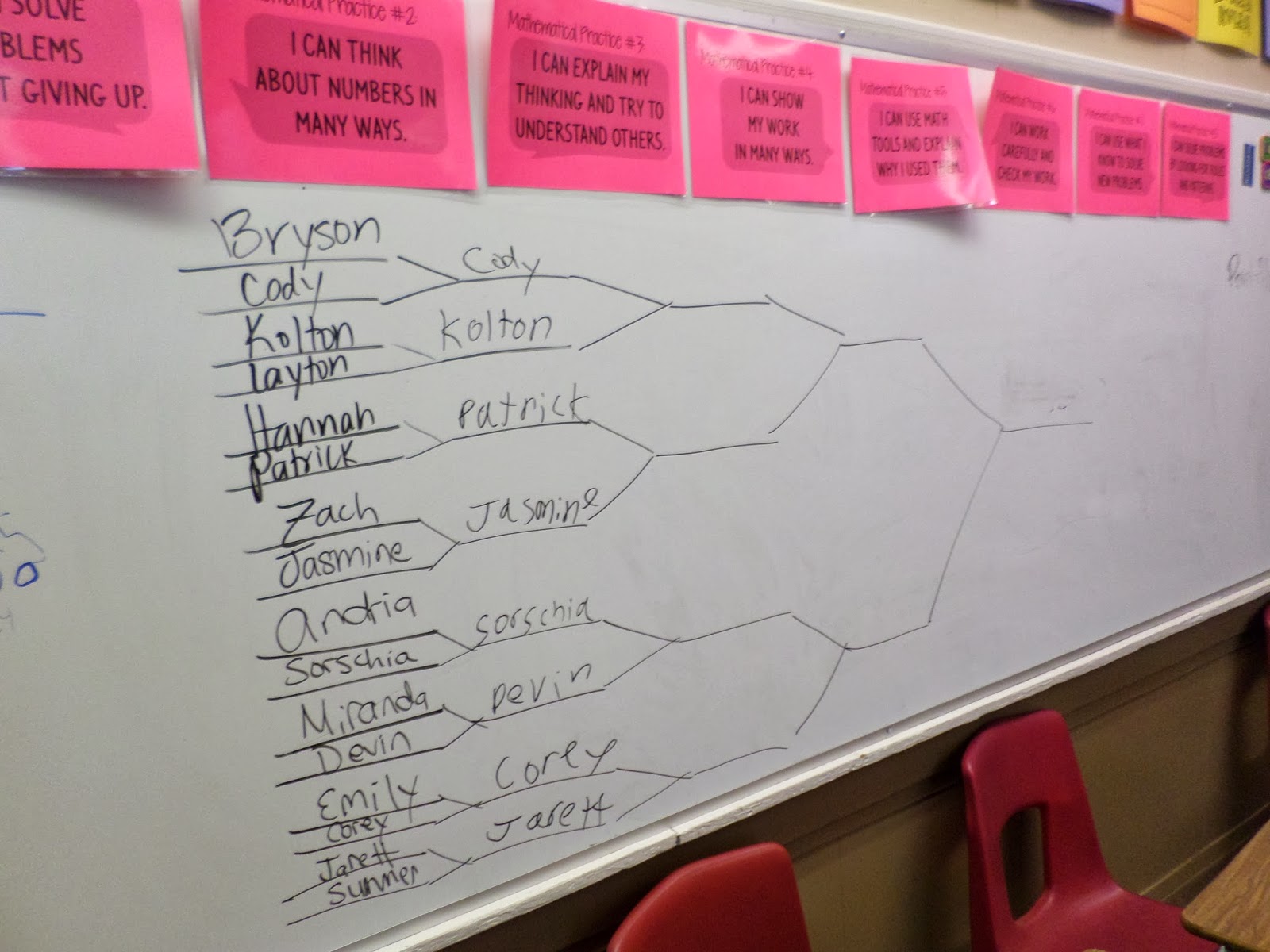
The two students listed on the bracket are the only ones standing up. The rest of the students are sitting in their seats and trying to figure out what form the linear function I have displayed on the board is. Those in their seats get to use their notebooks. Those at the board are notebookless. So, if you want to be named the champion, it is in your best interest to get all the practice you can while sitting in your seat with your notebook!
Plus, the biggest piece of advice I can give you about using interactive notebooks is to give the students opportunities to use them. The more they use them and see them as helpful, the more likely they will be to use them in the future. This wasn’t just a game. It was practice at using our notes.
After the competitors would slap the answer, I would let the class declare who the winner was. They would often start describing to the class easy ways they had figured out to determine what form a function was in. Win!
I had so much more engagement from my students by following the bracket model than how I’d played it previously. This adaptation is a definite keeper!
The next day, we went back and filled in the inside of the foldable with more details about each form of a linear function.

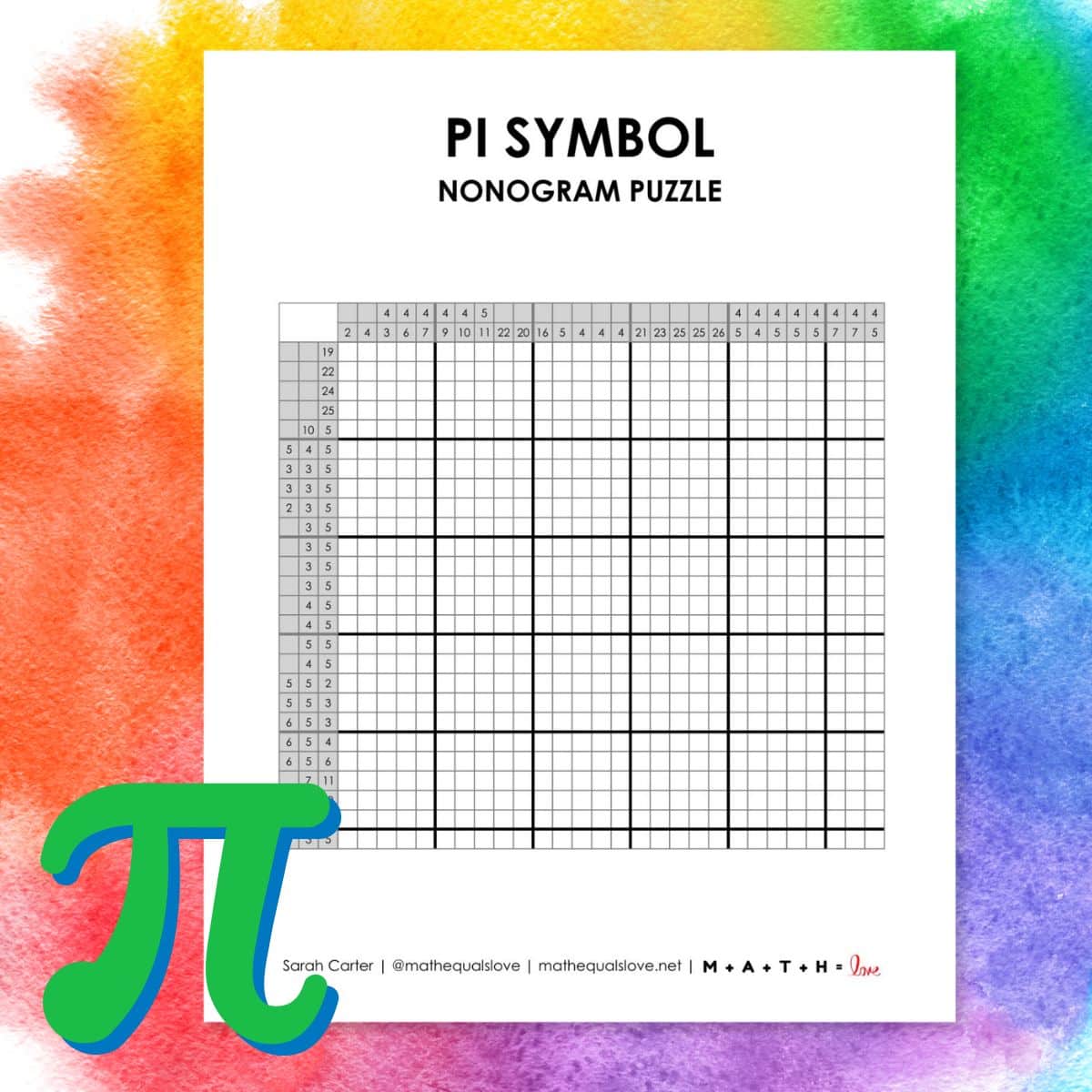


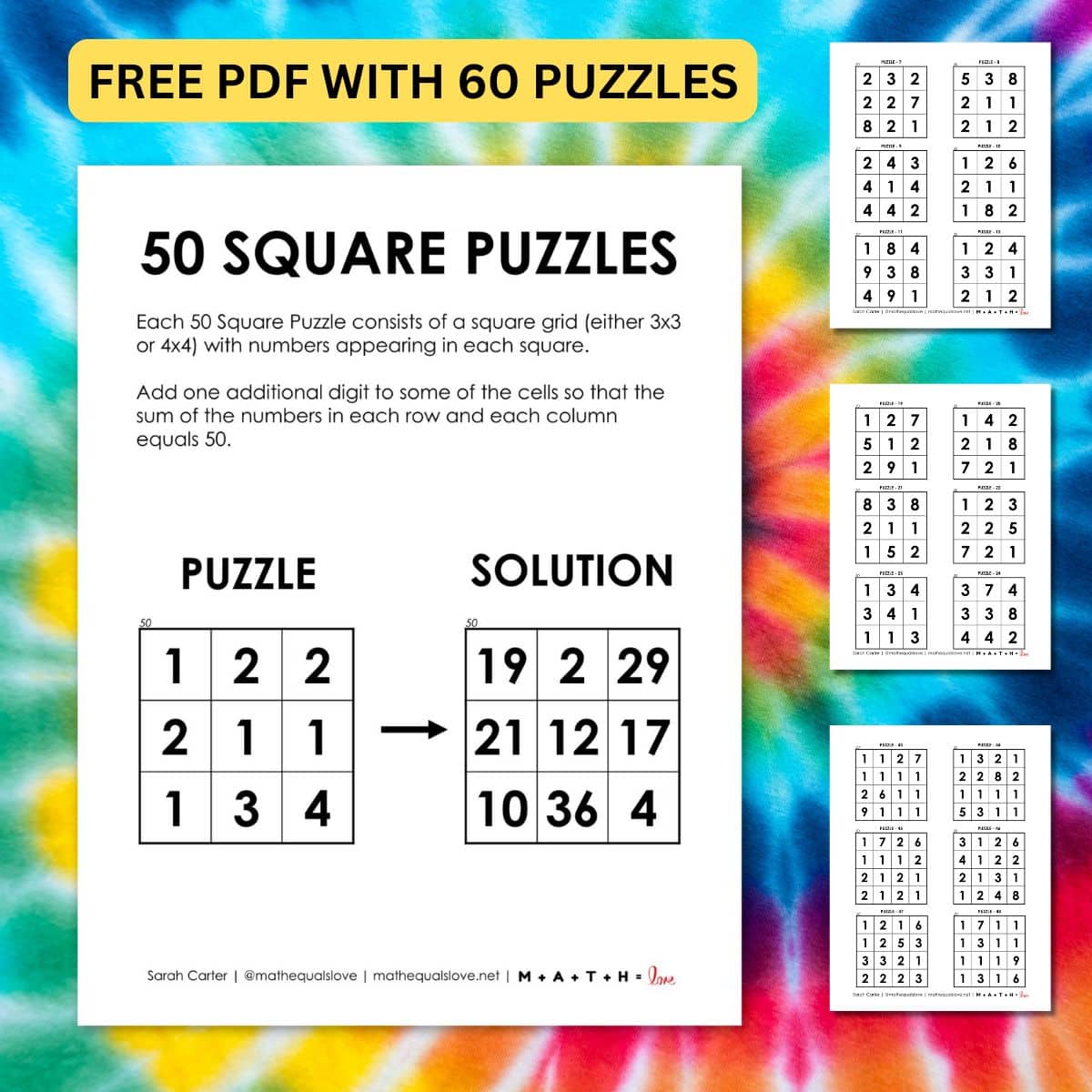
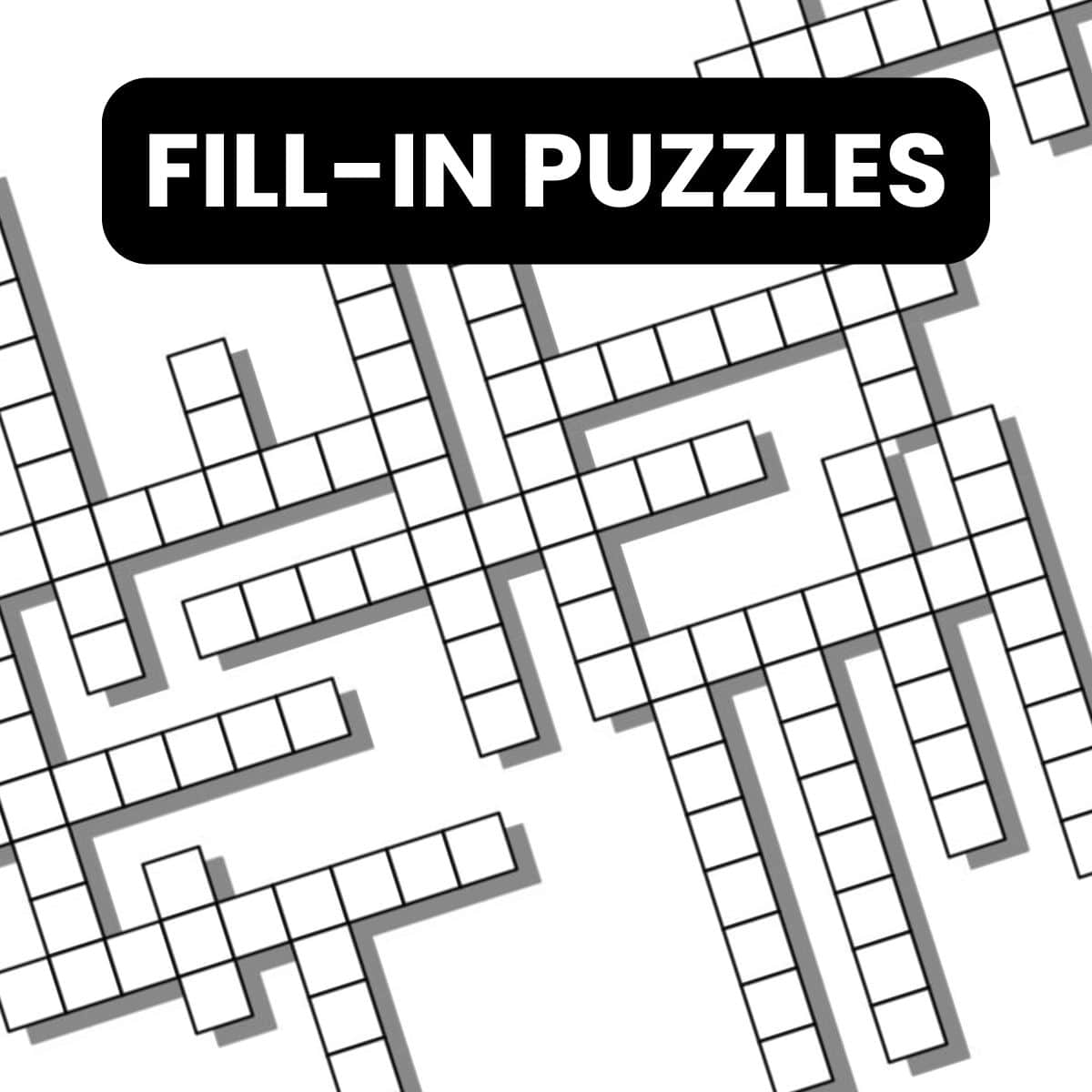
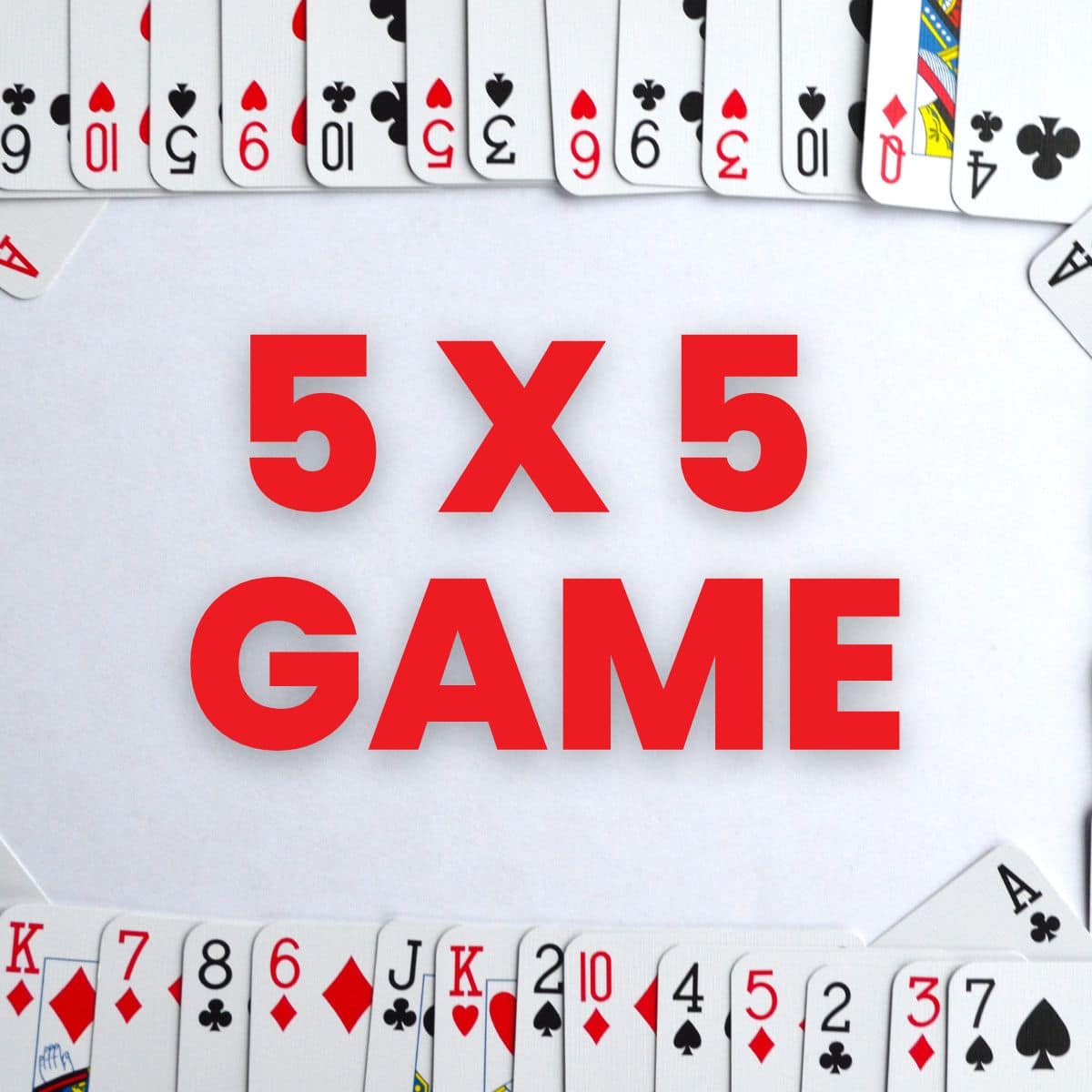
We spent several class days building understanding of slope and rate of change. Overall students did exceptionally well with that concept. Then we introduced linear equations and it was like they had never learned what slope was at all. They struggled through the whole unit – and the test grades were miserable. We start systems of equations in January. I'm reading as many ideas online as I can to prepare for that unit. Students obviously aren't ready for the next step and yet I am required to go on! Foldables, notes, examples, and more … looking for ways to build conceptual understanding of linear equations! Thanks for sharing your experience.
I really enjoy reading your posts.
I nominated you for the Liebster Award. Please visit my blog to retrieve it.
Elizabeth
Hodges Herald
Ugh! The dreaded linear function unit. If my students could possibly hate anything more than this, it would have to be the 2 weeks worth of word problems (the book calls them "classic puzzles"…my kids call it the world problem weeks of doom) that I make them do after the systems of equations unit! Anyway, I'm right in the middle of my 5th year teaching this same unit (to 7th and 8th graders). It's just too abstract, and they can see pretty early on that no one in the real world is going to run up to them on the street and ask them to classify the form of a linear equation…darn! They know my secret! I try to explain "form" to them as a stamp with blanks that need to be filled in. When I win the lottery, I'll have VistaPrint actually make me these stamps! We spend a lot of time talking about when each is important (oh look, wouldn't it be nice if I gave you a point and the slope and asked you to write the point-slope form? It would be sooo mean if I wanted standard form. Good thing I'm such a nice teacher!) Also, around year 2 of your same problem, I stopped teaching the forms in isolation. We usually spend 2 days (45 minute periods) on slope-intercept followed by a quiz, 1 day on point-slope, 1 day on slope-intercept and point-slope, another quiz on both, 1 day on standard, another quiz, and 2 days messing with all 3. Good luck! I look forward to hearing more – I'd like to start a modified interactive notebook with the kids this semester.
I am very happy to see your post.I am also a math teacher and i get more ideas in your blog.Really it's more helpful for me.The Equation
The dollar store sometimes has these huge fly swatters for sale, could be
really fun:)
I love your fly swatter idea! It's such a small change that turns it into something fun! I'm not suprised you love your cartesian plane either- it's great!
Thanks! My students loved it, too. I pulled it out again this week to use with function machines. Instead of graphing our functions on the Smart Board and small dry erase boards, we graphed them on my giant coordinate plane using giant foam stars. Way more fun! And, it helps my kinesthetic and tactile learners so much.
I have been meaning to use your fly swatter game ever since I read about it a couple years ago. This summer I was at Dollar Tree, my favorite store to buy school items, and saw giant fly swatters and knew I needed to buy them to put away just for this game. We played this a couple weeks ago and the kids had a blast. I also added slope formula to the list on the board as well. I used a small whiteboard that I would write the problem on and then flip it around for the kids to see and they would start swatting away. I would have the class recite the formula as well after I told them who was correct. It did help them but many are still struggling with knowing all the different forms of linear equations. I think I need a few more games like this to help some of them. Thanks for the great idea!
LOVE the idea of having the class recite the formula. I am SO stealing this!
I have to say, using the All Things Algebra curriculum from TPT has changed my curriculum. My kids scored crazy high this year. Her notes are awesome. We literally put our books away. It's worth every penny. Highly recommend.
Algebra problem solvers are the answer to your problems with algebra. If you are one of the many students who cannot understand algebra concepts and rules, don't worry about bad grades and poor assignments. You can find algebra help more easily than ever before. Get regular help with the subject to understand it better and improve your problem solving skills.